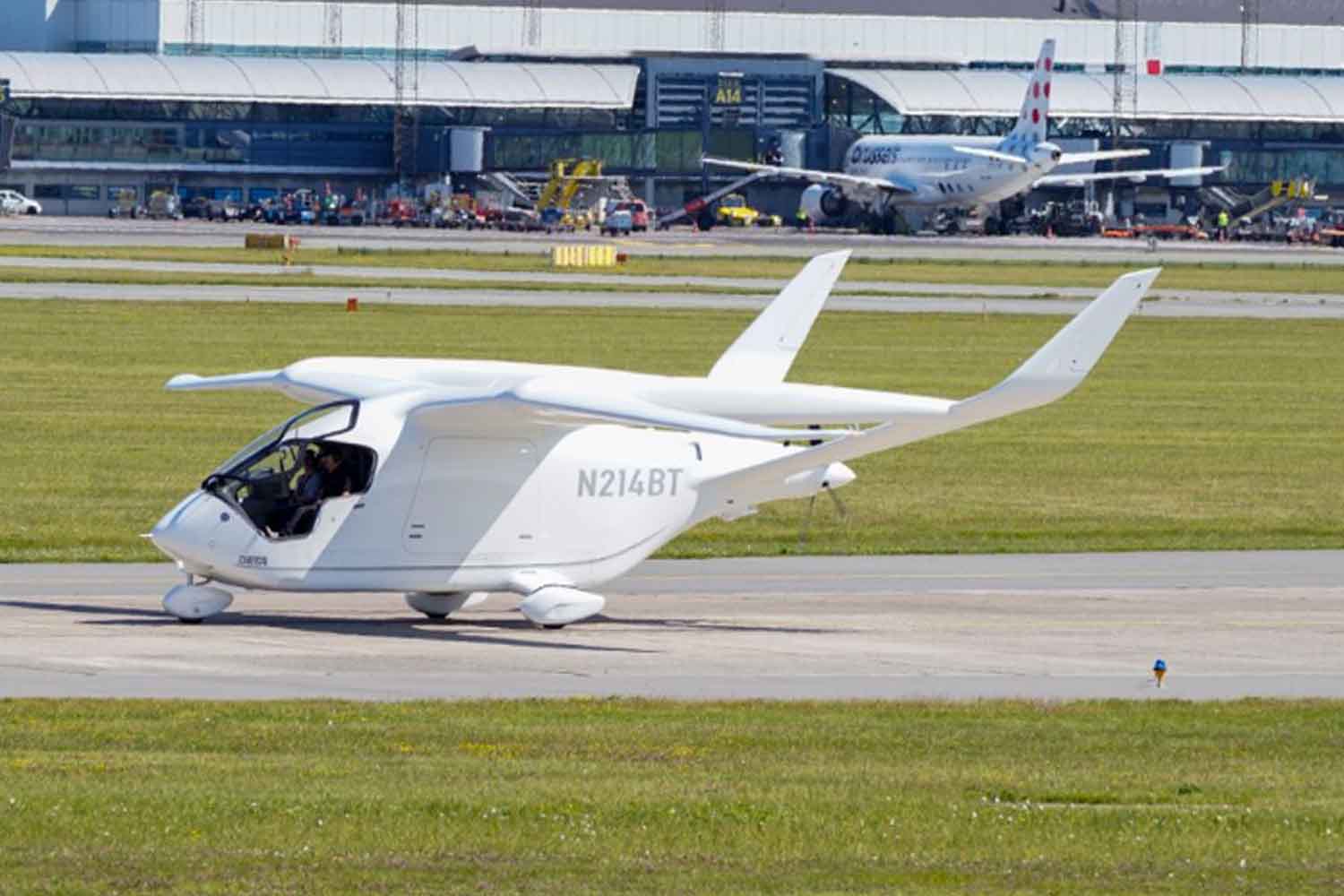The ALIA CTOL electric aircraft completes its first experimental flight in Denmark, marking a significant step toward sustainable aviation with zero emissions and promising innovations.

@beta.aircraft/Instagram
An aircraft, like many others, flew over the skies of Denmark this week, but with a crucial difference: it did not consume a single drop of fuel. This was the ALIA CTOL, a fully electric aircraft developed by the American company Beta Technologies. The plane conducted its first experimental flight in Denmark, marking a significant milestone in the world of zero-emission aviation.
The plane traveled 124 miles (200 km) from Sønderborg Airport to Copenhagen, proving that electric flight is already technically feasible, even for regional routes. With this test flight, Denmark officially enters the European green aviation landscape, a revolution that promises to radically transform the industry.
A quiet, fast, and rapidly rechargeable electric aircraft
The ALIA CTOL model is a short-range aircraft with a wingspan of 49 feet (15 meters), roughly the size of a Sprinter van, and can reach a top speed of 175 mph (281 km/h). Despite its compact size, it can carry up to five passengers or commercial cargo.
One of the most impressive features is its charging capability: the aircraft can be recharged in just 20-40 minutes thanks to a rapid charger designed for electric cars, making it highly competitive for regional flights. Its maximum range on a single charge is 387 miles (622 km).
From an environmental perspective, the benefits are substantial: the aircraft produces up to 84% less CO₂ compared to a traditional helicopter of the same category.
At present, the plane carries its own charging system, which is connected to a power unit available at airports. However, this process is slower than direct charging via dedicated infrastructure, which is still lacking at most European airports.
Next steps toward zero-emission flight
The European tour of the ALIA CTOL began in May in Ireland and is continuing across Europe to showcase the aircraft’s potential and raise awareness about the infrastructure needs.
Shawn Hall, Chief Revenue Officer of Beta Technologies, pointed out that Europe has yet to develop ground-based charging networks like those in the United States, stressing the urgency of bridging this gap.
Christian Poulsen, CEO of Copenhagen Airport, also confirmed that targeted investments are necessary:
“We must adapt our infrastructure to accommodate both electric and traditional aircraft.”
Starting in August, the ALIA CTOL will be tested in Norway for cargo transport between Bergen and Stavanger, under the supervision of the Norwegian Civil Aviation Authority.
The high cost of batteries and lightweight materials remains another challenge to overcome, as highlighted by Jørgen Mads Clausen, honorary chairman of Danfoss, a Danish leader in the battery sector:
“The technology will be ready within the next decade. But we must be prepared: when it matures, the change will be rapid.”
Europe accelerates the push for electric aviation to meet climate targets
Denmark has made a concrete commitment: by 2025, it will launch its first fully sustainable domestic air route and plans to phase out fossil fuels on all domestic routes by 2030. To finance this transition, it has introduced a passenger tax of 13 Danish crowns (approximately €1.74).
Other Nordic countries are aiming high. Norway anticipates that all domestic flights will be electric or hybrid by 2040, while Sweden has set a deadline of 2030 for eliminating fossil fuels on domestic flights and 2045 for international flights.
On the technological front, the Swedish-American company Heart Aerospace stands out. It is developing the ES-30, a 30-passenger aircraft with a range of 124 miles (200 km), entirely battery-powered. Similar initiatives are underway in the Netherlands, France, and the United Kingdom.
According to Lasse Stenhøj Ingvardsen, an expert at the Danish Technological Institute, the future of sustainable aviation will involve a mix of technologies:
“SAF, electric, hybrid solutions, and possibly hydrogen: we can’t rely on just one path.”
Electric aviation is still facing the challenge of range limitations, but progress is evident. The flight of the ALIA CTOL in Denmark is more than just a technical experiment; it is a tangible sign that the future of aviation has already taken off.
Source: Beta Technologies
